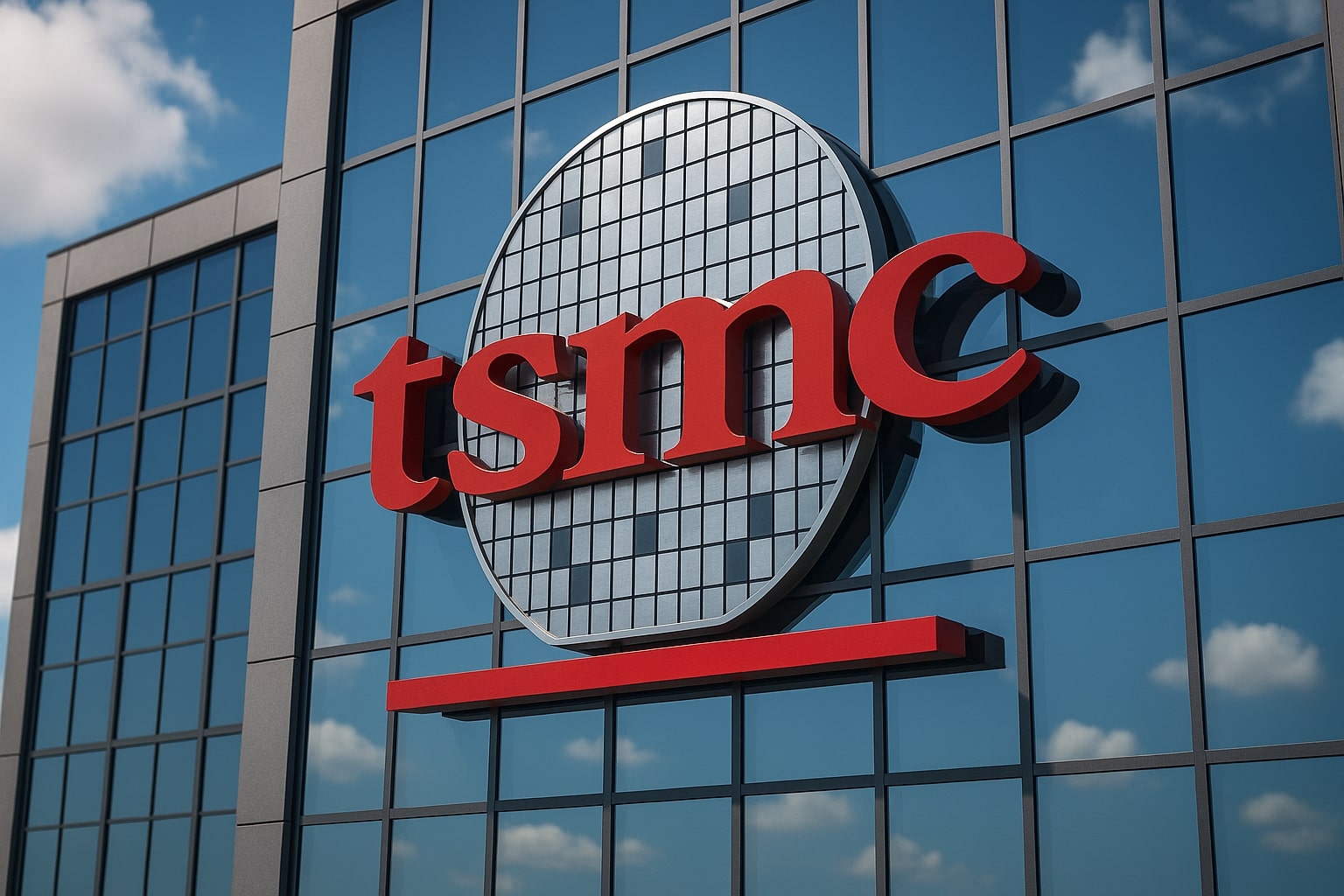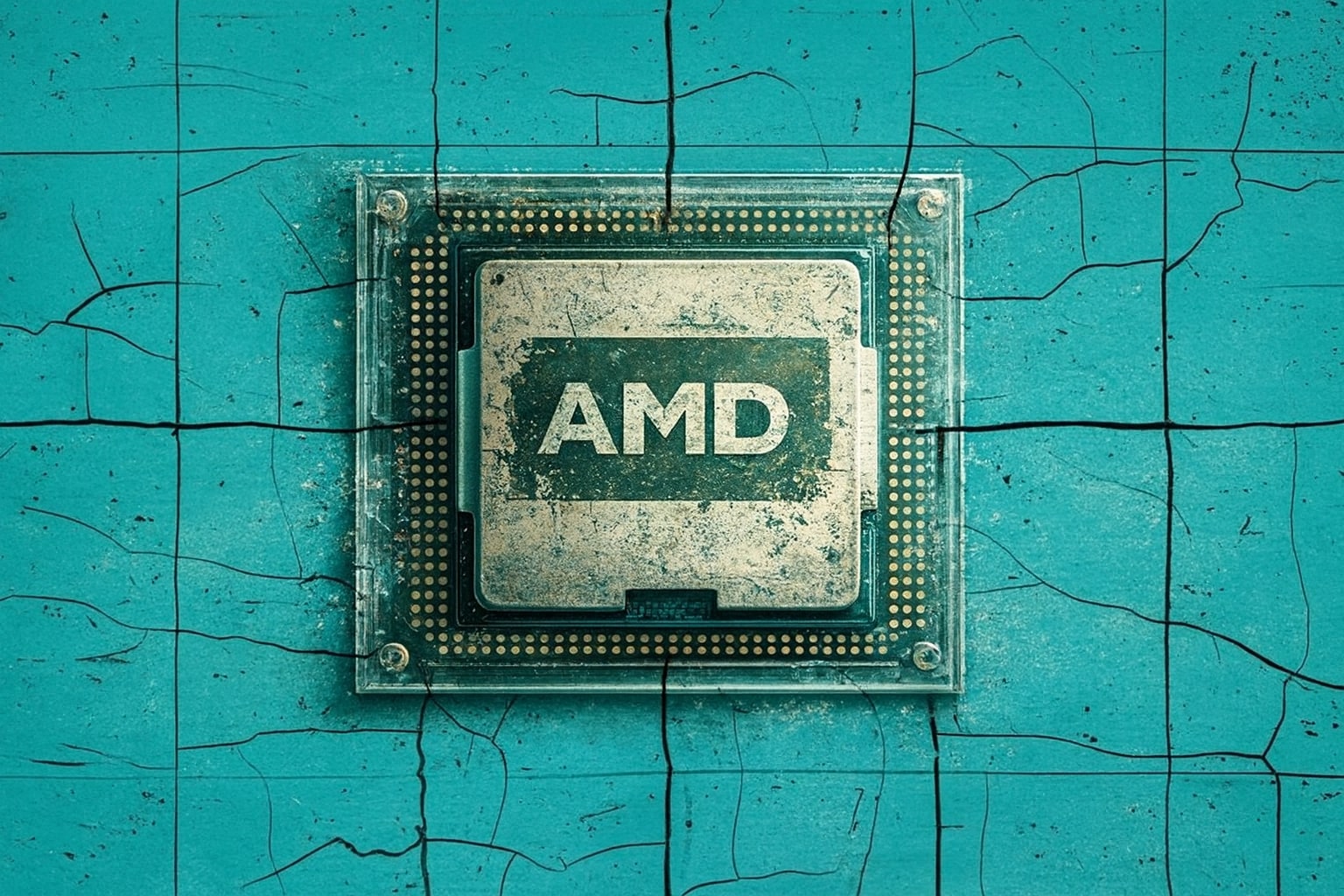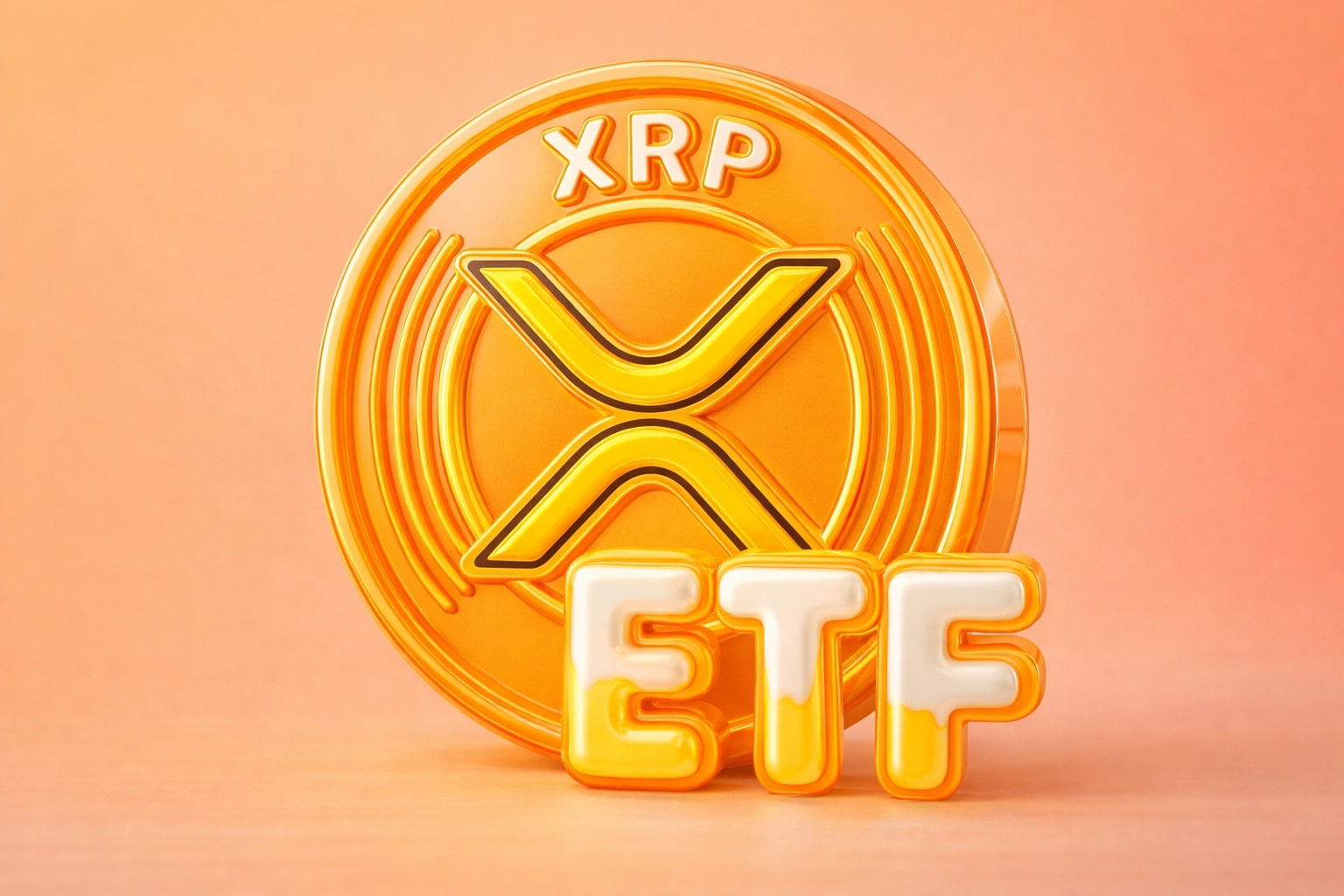
TSMC (NYSE:TSM) Stock Price Powers Higher on AI Momentum, Analysts Eye $306
Advanced nodes, global fab expansion, and 34% August sales growth reinforce TSMC’s dominance in AI semiconductors | That's TradingNEWS
TSMC (NYSE:TSM) Stock Analysis: AI Expansion, Global Fabs, and $306 Price Target
Earnings Momentum Driving NYSE:TSM
Taiwan Semiconductor Manufacturing Company (NYSE:TSM) has cemented its position as the indispensable engine of global technology, with second-quarter 2025 results underscoring just how wide the moat has become. Revenue surged to $31.73 billion, a 54% year-over-year increase, while earnings per share leapt 66% to $2.47, extending a 16-quarter streak of earnings beats. Gross margin climbed to 58.6%, up more than five percentage points from the year prior, while operating margin hit 49.6%. These gains were achieved even as capital expenditure rose sharply to $10.2 billion, compared with $6.3 billion a year earlier, highlighting the company’s ability to scale profitably amid aggressive reinvestment. Free cash flow in Q2 reached $4.5 billion, up from $4.1 billion a year earlier, despite the elevated spending.
AI and Advanced Node Leadership at NYSE:TSM
The company’s revenue mix shows how decisively it has shifted into the AI cycle. Roughly 74% of sales now stem from advanced nodes below 7nm, with 36% coming from 5nm and 24% from 3nm. High-performance computing, a segment that has risen from 30% of revenue in 2020 to 60% in Q2 2025, grew 14% quarter over quarter. This demand reflects the insatiable need for AI accelerators and data center processors from hyperscalers such as Microsoft and Amazon. Smartphones still contribute 27% of revenue, offering cyclical stability, while IoT grew 14% and data center equipment surged 30%, pointing to broad-based end-market demand.
August Revenue Surge and Guidance
Momentum accelerated in August, when monthly sales jumped 34% year-over-year, extending expectations for a strong third quarter. Analysts now project 32% revenue growth and 37% EPS growth in Q3, reflecting expanding operating leverage. Consensus estimates for full-year 2025 earnings stand near $9.81 per share, rising to $11.31 in 2026, while revenue is forecast to climb from 3.65 trillion TWD in 2025 to 4.23 trillion TWD in 2026.
Capex, R&D, and Global Expansion
TSMC is in the midst of the industry’s most ambitious reinvestment program, deploying over $90 billion in cash reserves and maintaining a net cash balance of $55 billion. This allows it to outspend rivals such as Intel in both fabrication and R&D. The company will roll out 2nm N2 nodes in late 2025, offering 20–30% power efficiency gains, and has N2P enhancements scheduled for 2026, followed by A16 nanosheet transistors in 2027–2028. Beyond Taiwan, diversification is accelerating: six fabs in the U.S., two in Japan, and a joint venture in Germany are in development, significantly reducing geopolitical risk while reinforcing supply security for Western customers.
AI Partnerships Reinforcing Growth
TSMC has not only retained its entrenched position with Apple (AAPL), Nvidia (NVDA), AMD (AMD), and Qualcomm (QCOM) but also won strategic AI projects. Google’s decision to shift its Tensor G5 chip production from Samsung to TSMC represents a reputational coup and a lucrative pipeline. With Microsoft exploring alternative AI model providers, including Anthropic, TSMC’s manufacturing capacity ensures it remains the backbone of whichever players dominate generative AI infrastructure. These wins demonstrate that, beyond capacity, reputation and execution quality remain decisive competitive moats.
Geopolitical Risk and the Invasion Illusion
Concerns about China’s potential invasion of Taiwan remain a psychological overhang, but the operational threat is overstated. Even if facilities were seized, advanced-node output requires ASML’s EUV lithography servicing, effectively preventing usable production under a hostile takeover. Moreover, TSMC’s global diversification strategy means critical capacity will increasingly sit outside Taiwan. China itself continues to import $349.4 billion worth of integrated circuits annually, underscoring its inability to decouple technologically. While gray-zone tactics such as PLA drills or subsea cable disruptions create short-term shipment delays, these remain temporary sentiment shocks rather than structural risks.
Read More
-
SMH ETF: NASDAQ:SMH Hovering at $350 With AI, NVDA and CHIPS Act Fueling the Next Move
16.12.2025 · TradingNEWS ArchiveStocks
-
XRP ETFs XRPI and XRPR: Can $1B Inflows Lift XRP-USD From $1.93 Back Toward $3.66?
16.12.2025 · TradingNEWS ArchiveCrypto
-
Natural Gas Price Forecast: NG=F Falls to $3.80–$3.94 as Warm Winter Kills $5.50 Spike
16.12.2025 · TradingNEWS ArchiveCommodities
-
USD/JPY Price Forecast - USDJPY=X Slides, BoJ 0.50% Hike, Fed Cut and NFP Set the Next Big Move
16.12.2025 · TradingNEWS ArchiveForex
Valuation Metrics and Analyst Targets
At a market cap of $1.34 trillion, shares currently trade near $258.50, just below their 52-week high of $264.58. Trailing P/E is 28.38, with a forward P/E of 22.83. Profit margins remain robust, with net margin at 42.5%, ROE at 34.2%, and ROA at 15.9%. Analysts maintain overwhelmingly bullish ratings: Barclays targets $240–$270, Susquehanna $265, Needham $270, and the high-water mark stands at $306 per share, implying more than 18% upside from current levels. The consensus average is $274.16, suggesting steady upward revisions remain possible.
Shareholder Returns and Insider Positioning
TSMC continues to reward investors with a forward dividend of $3.34 per share, yielding 1.28%, alongside aggressive buybacks in prior years. Institutional ownership stands near 16.4%, with insider activity minimal given Taiwan’s corporate structure. Investors tracking insider moves can review filings through TSMC insider transactions, which show alignment of management with long-term capital commitments.
Final Outlook on NYSE:TSM
TSMC has delivered a 61.5% one-year return, outpacing Taiwan’s benchmark index by more than 40 percentage points. With AI-driven semiconductor demand accelerating, advanced node leadership entrenched, and geopolitical risks mitigated by diversification, the stock remains a cornerstone of global technology. The trajectory toward $306 per share is backed by fundamentals, not sentiment. At current levels, the risk-reward balance supports a Buy rating, with potential 20% CAGR returns sustained by AI and advanced process dominance.


















